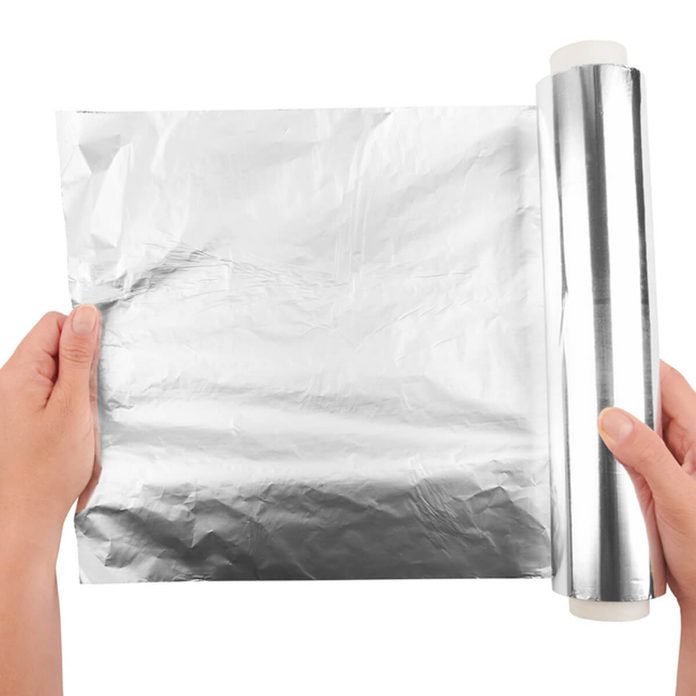
Use Aluminum Foil
If you’re out of dryer sheets, throw a ball of aluminum foil in your dyer. The aluminum will fight static buildup and help keep your clothing separated.

Freeze Your Jeans
Here’s a strange, but handy hint for the laundry: If you like to wear your jeans more than once between washings, stick them in the freezer between wears. The frigid air will kill bacteria that can cause odor.
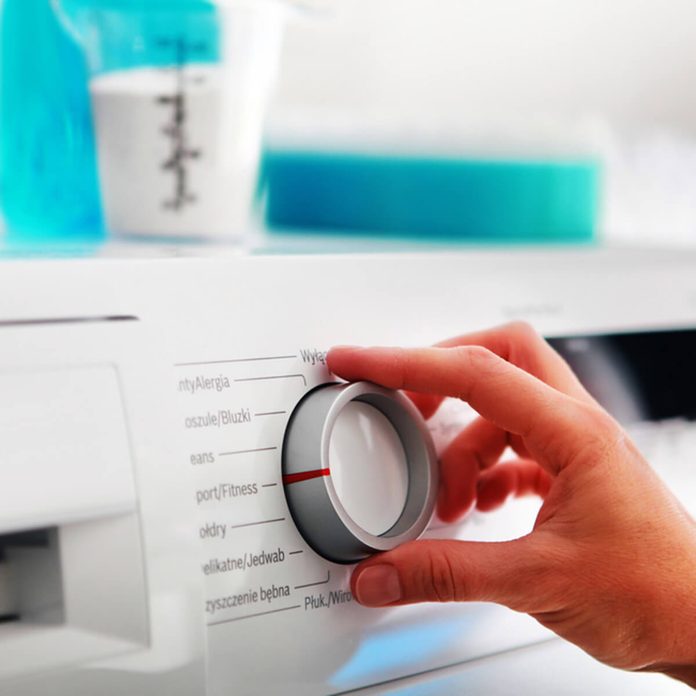
Check the Temperature
Use cold water for dark colors that tend to bleed and for delicate fabrics that are prone to shrinking. Cold water is also an eco-friendly choice that will save you money on your energy bill. Warm water is best for man-made fibers and jeans. Use hot water for whites, cloth diapers, bedding and towels. (Learn how to separate laundry.)

Unshrink Clothes
Did your favorite T-shirt shrink? Soak the shrunken clothing item in lukewarm water with a splash of baby shampoo. This will allow the fibers to relax, allowing you to stretch it back out.
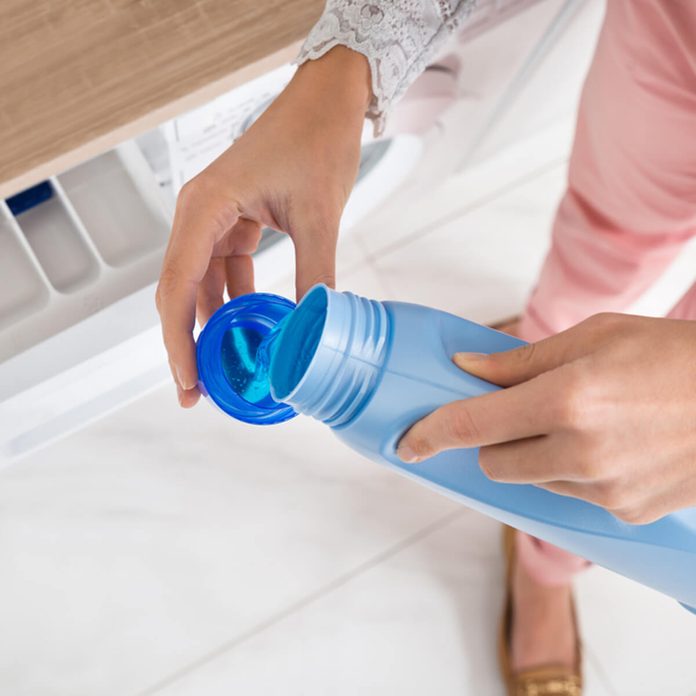
Use Less Detergent
Using too much detergent can cause your clothes to remain dirty since too much detergent causes an abundance of suds that can trap soil on your clothing. Instead, try using half the recommended amount of detergent and adjust from there. Or, if you’re someone who likes using eco-friendly products, you can also give laundry detergent sheets a try.
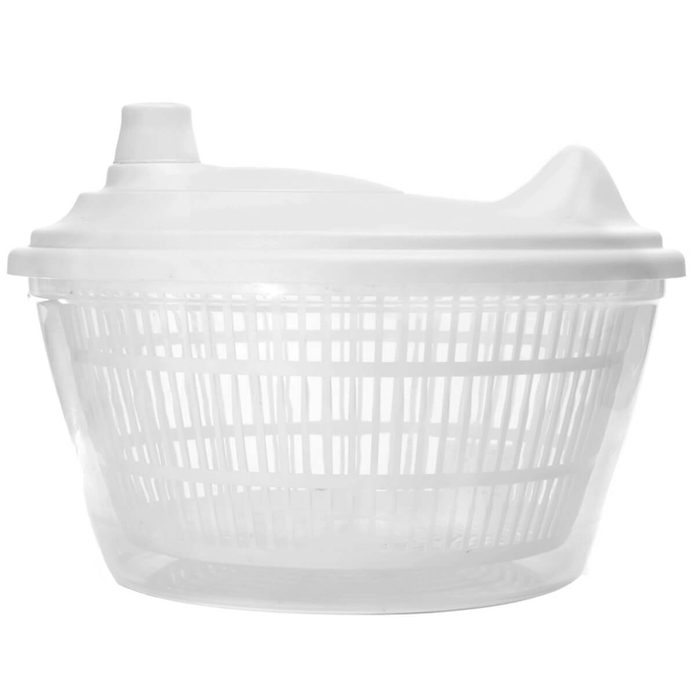
Use a Salad Spinner
If you have some articles of clothing you don’t want to put in the dryer, use a salad spinner to remove excess water. Then hang them on a rack to dry.

Choose Detergents Wisely
There are several recipes online for making your own laundry detergent which can save you money. Store-bought detergents should be chosen carefully. If you have kids and need to fight tough stains, choose a detergent with a strong cleaning and stain-fighting ingredient such as OxiClean or bleach. (Here is how to use bleach in laundry.)For those with sensitive skin or sensitivities to fragrance, look for a formula that’s unscented and free of dyes. Although, laundry bluing, AKA using blue dye can help brighten your whites to look brand new.
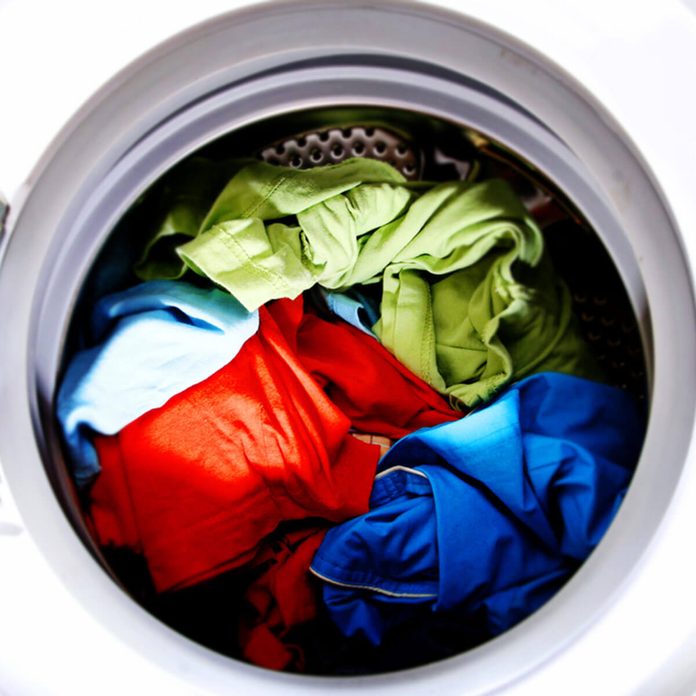
Wash Bright Colors With Salt
You can use salt to prevent colors from fading. Just toss a teaspoon of salt in with your dark clothes to help make the color last longer. Washing colored clothing inside out can also help maintain color.
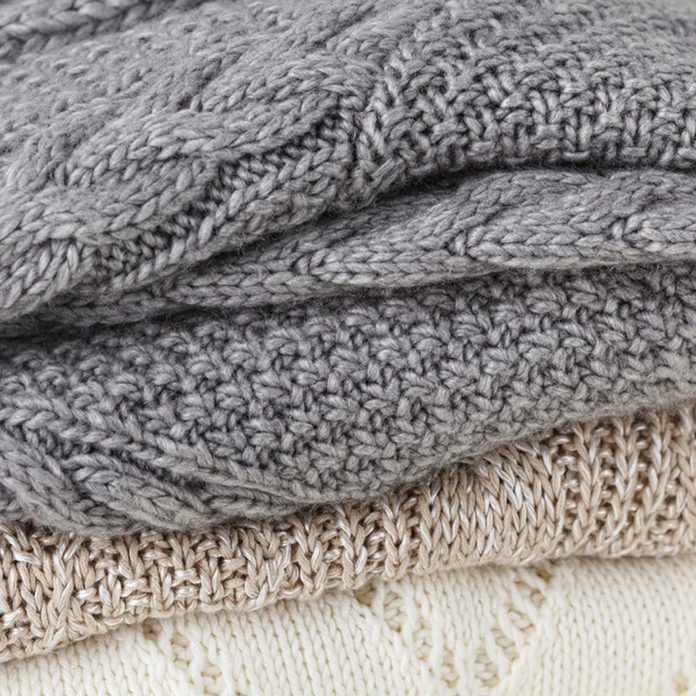
Sweaters Should Skip the Dryer
Skip the dryer when laundering winter sweaters. Instead, drying them flat will help them maintain their shape.
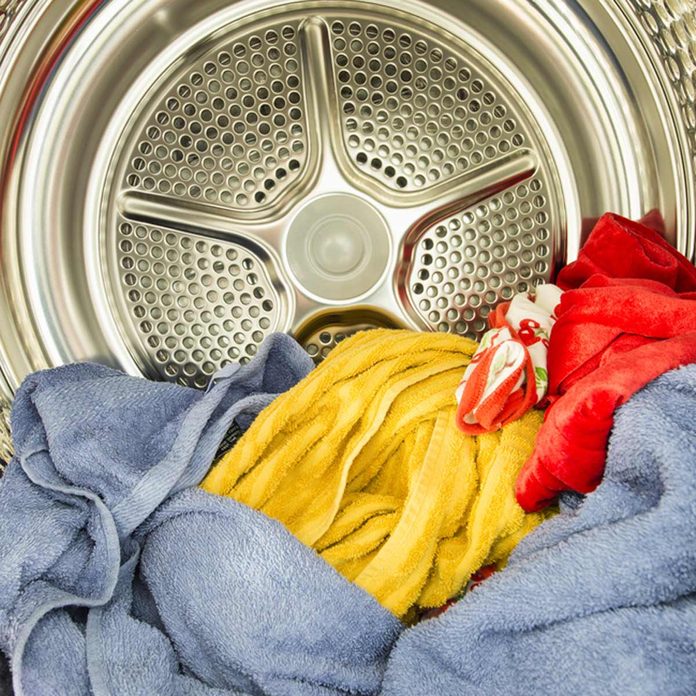
Save Drying Time
One advantage of dryer balls is that they can slash drying time, reducing your energy usage and the electric bill. But If you don’t have any dryer balls handy, throw a dry towel in with the load. The towel will help absorb some of the moisture and help your clothes dry quicker.
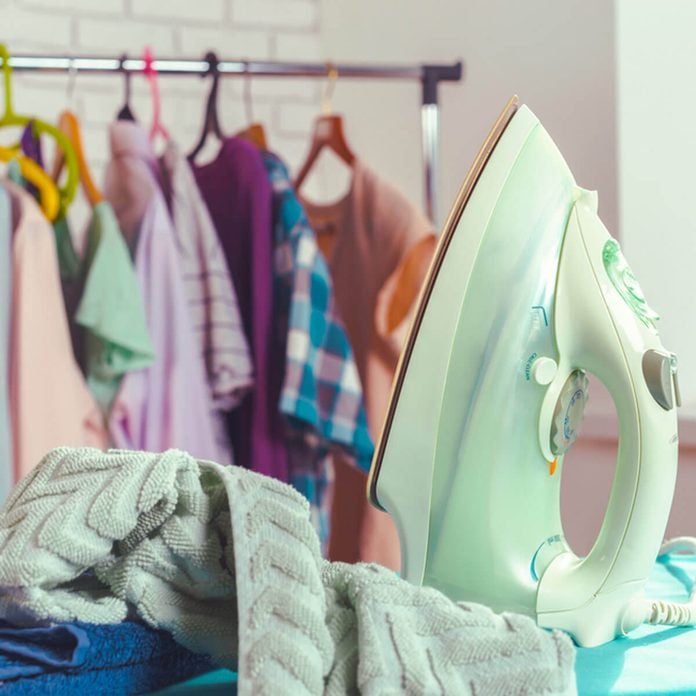
Reduce Wrinkles
To reduce wrinkles and the need to iron, use a dryer sheet and set your dyer to the lowest setting possible. As soon as the clothes are dry, remove them from the dryer and fold or hang to keep them crisp.

Top-Loading or Front-Loading?
If you’re in the market for a new washing machine, the options can be overwhelming. Top-loading machines with an agitator often cost less and have a faster run-time than top-loading machines without an agitator (known as a high-efficiency machine). High-efficiency machines are better at cleaning and use less water than agitator models.
Front-loading machines are more expensive, but do a better job at cleaning than top-loading and are gentler on clothing. However, front-loaders can take longer to complete a cycle than top-loaders.
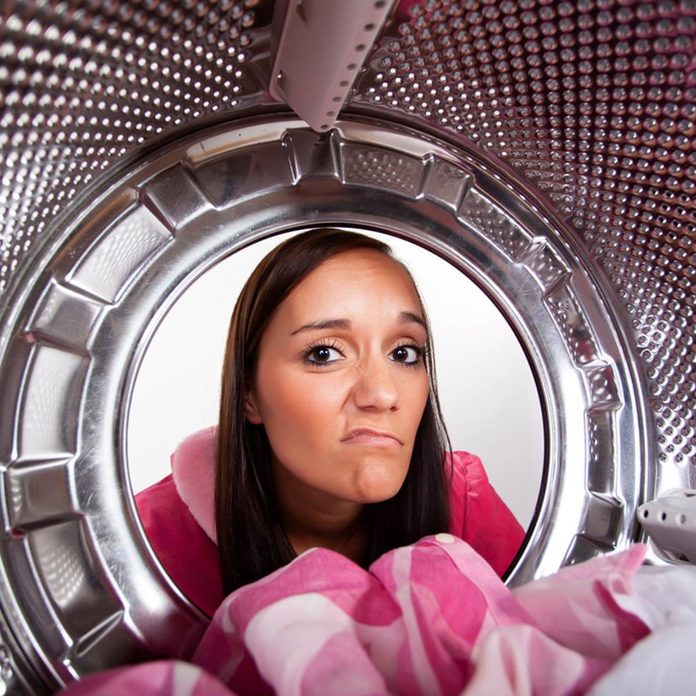
Clean Your Machine
Wondering why does your washing machine smell? It is because your washing machine does need to be cleaned regularly. Every couple of months, set your washer to the largest load setting and hottest water temperature. Add a quart of white vinegar and a cup of baking soda and let the washer agitate for a minute. Then open the lid or pause the cycle and let the mixture sit for an hour. Scrub any parts, such as the lid, with a toothbrush to remove buildup. After an hour, let the cycle complete and run a second cycle on hot to remove any residue left behind. Your clothes will thank you.
